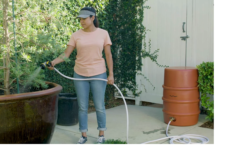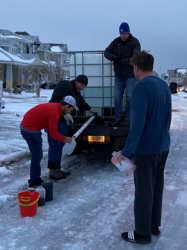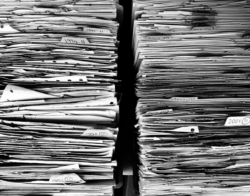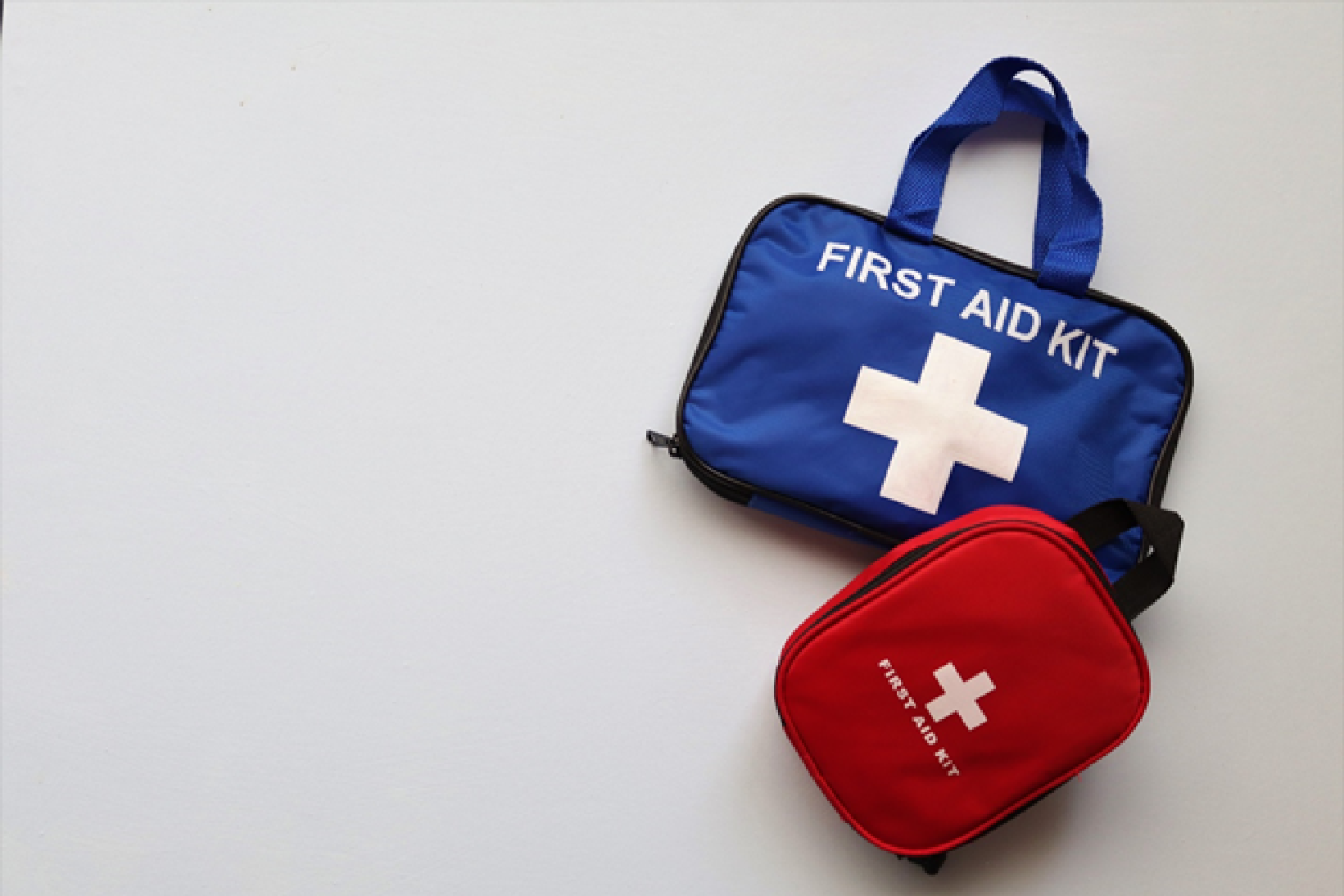10 Ways to Protect Yourself and Your Home
We don’t know when a disaster will strike, but we can take steps to be ready if and when one occurs. By taking the time to prepare today, you can help lessen the damage to your home in the future. Moreover, practicing emergency preparedness enables you to protect yourself and your family.
According to the National Centers for Environmental Information (NCEI), a branch of the National Oceanic and Atmospheric Administration, “2020 sets the new annual record of 22 events – shattering the previous annual record of 16 events that occurred in 2011 and 2017. 2020 is the sixth consecutive year (2015-2020) in which 10 or more billion-dollar weather and climate disaster events have impacted the United States.”
The reason why everyone needs to be ready is that these types of devastating disaster events affect people across the world. No state is without risk. Here are some more statistics from NCEI that show why emergency preparedness is essential:
- 7 billion-dollar tropical cyclones hit the U.S. in 2020.
- 50 states have had at least 1 billion dollar disaster since NOAA started tracking disaster.
- “Overall, these events [of 2020] resulted in the deaths of 262 people and had significant economic effects on the areas impacted.”
Plus, natural disasters are costly for homeowners. A Forbes article reports, “These disasters — rare or not — are costing property owners big. […] Fires cost homeowners the most, with $6.3 billion in damages between 2015 and 2017 alone. Flooding cost homeowners about $5.1 billion in that time, while hurricanes and tornadoes racked up $4.5 billion in damages.”
Check out these 10 ways to protect your home and ready yourself.
1. Understand Your Risks
You can protect your home or your family if you don’t know what you are protecting them from. Therefore, it is important to understand your risks. Depending on the state where you live, you may face unique risks, such as earthquakes. Likewise, certain areas and topographies are associated with greater risk factors.
2. Purchase Insurance
Insurance is a wise investment. Hopefully, you will never have to use it, but if your home is damaged in a disaster, having insurance will make a big difference in how much you pay for the costs of repairs. However, it is important to keep the risk factors for your area in mind when purchasing insurance. For example, if you live in a flood zone, it is wise to purchase additional flood insurance since flooding is not typically covered by homeowner’s insurance.
3. Sign Up for Emergency Alerts
It takes less than five minutes to sign up for emergency alerts, and it is well worth your time. These alerts can be lifesaving in emergency events. The emergency alert system will notify you when you are in danger, which will give you critical time to prepare. In addition to signing up for your local government’s emergency alerts, Ready.gov, American Red Cross, and the National Weather Service also offer mobile emergency alert apps.
4. Identify Potential Hazards
Next, identify potential hazards in and around your home, and set aside time for repairs. Some people mark a day in their calendar to perform basic home inspections. Taking the time to inspect your home and make small repairs will make a big difference in the impact a disaster has on your home. Here are some hazards to look for during your inspection:
- Identify your home’s strengths and weaknesses. If you identify weaknesses, look for ways to strengthen them.
- Keep trees trimmed.
- Have your plumbing and electrical systems checked regularly.
- Make sure you have working fire alarms, carbon monoxide alarms, and fire extinguishers.
- Know where your electric, gas, and water shut-off valves are and how to operate them.
5. Protect Important Documents
Important documents, such as birth certificates, passports, marriage licenses, and deeds, need to be protected against disasters. Some people store these documents in a safe deposit box in a bank, but there are easier ways to keep your documents safe, such as a water and fireproof box.
Note – See our DIY section for more tips on how to protect important documents.
6. Pack an Emergency Kit
Every home should have an emergency kit with the essentials necessary for survival. FEMA recommends everyone should have the following basic items in their emergency kit:
- Battery-powered radio and an NOAA Weather Radio
- Flashlight
- First aid kit
- Extra batteries
- Whistle
- Dust mask
- Plastic sheeting and duct tape
- Moist towelettes
- Garbage bags and plastic ties for personal sanitation
- Wrench or pliers for shutting off utilities
- Manual can opener
- Local maps
- Prescription medications (a 3-day supply)
- Cash
In addition, you should have a 3-day supply of food stored and enough water for every household member.
7. Have a Safe Water Source
Speaking of water, you need to have a plan for getting safe water. Unfortunately, during a disaster situation, you cannot trust your usual water source, such as tap water. Instead, store bottled water or invest in a water filtration system.
Even better, purchase a Waterfull Barrel to make sure your family always has access to safe water. The Waterfull Barrel is an easy way to store fresh drinking water for your household. Our unique barrels hold 30 gallons of sealed drinking water in case of emergencies. 30 gallons is enough for 7 days of freshwater for a family of four and their pets. Rather than stocking a ton of commercially bottled water or decontamination supplies, one barrel is safe and effective after a disaster.
8. Build Up an Emergency Fund
A 2020 Bankrate survey found, “Nearly four in 10 Americans (37 percent) would borrow money [$1000] in some capacity if hit with an unexpected bill.”
However, most disasters cost more than $1000. The survey also found, “Among respondents who reported that they or a close relative paid for a major unanticipated expense in the past year (28 percent), the average cost was $3,518.”
Even with insurance, disasters are costly. Do your best to build up an emergency fund. And as you build it up, be sure to keep some of your emergency funds in cash. If a natural disaster happens in your community, you may not be able to use credit cards or debit cards (since power outages prevent machines from working).
9. Learn CPR and First Aid
One of the best ways you can be ready for an emergency is to learn CPR and First Aid. These are life-saving skills. According to the American Heart Association, “Nearly 45 percent of out-of-hospital cardiac arrest victims survived when bystander CPR was administered.” The American Red Cross offers first aid and CPR courses so you can learn in the comfort of your own home.
10. Know Your Community
You will feel more prepared to face a disaster if you know how your community. For example, it is important to know your community’s emergency alerts and evacuation routes. Moreover, it is wise to get to know others in your community. After a disaster, the first people you will interact with will likely be your neighbors. Knowing who has which tools and skills will go a long way when disaster strikes.
Barrel Feature: The Waterfull Barrel Makes It Easy to Be Water Ready

Not only can you connect your Waterfull Barrel to your garden hose for everyday watering, but it also makes it easy to store water in event of an emergency. You will always be water ready with a Waterfull Barrel.
Disaster News: Local Coaches Provide Water to Neighborhoods in Need

(Photo: KVUE)
During the recent ice storm, a football coach found a way to distribute water to those without power or water in Central Texas.
DIY: How to Protect Important Documents

Fire, flooding, or storms can destroy important documents that are difficult to replace, such as birth certificates. That’s why it is critical to waterproof important documents. Set aside time this weekend for a DIY project that will keep these documents protected and easily accessible in the event of an emergency.
Documents to Protect
- Vital records (birth certificates, marriage licenses, child custody papers)
- Passports
- Social security cards
- Driver’s license
- Military service identification
- Green cards
- Pet ownership papers
- Housing/mortgage papers and deeds
- Vehicle registration, titles, and loans
- Insurance policies
- Tax statements
- Estate planning paperwork
- Income sources
How to Protect Important Documents
- Make physical copies of each important document.
- Store these physical copies in a safe, secure location outside of your home, such as a bank safe deposit box.
- Scan each important document and store it digitally. Your options include storing documents in an internet cloud service, uploading them locally on your computer, or saving them on a removable flash drive.
- Place the original documents inside a waterproof, fireproof box.
Waterfull Listens!
 Waterfull has had many requests to build a smaller Barrel and we’d like to get your thoughts! Should Waterfull create a 21-gallon barrel priced at $325 or do you prefer the 30-gallon barrel priced at $519? Let us know!
Waterfull has had many requests to build a smaller Barrel and we’d like to get your thoughts! Should Waterfull create a 21-gallon barrel priced at $325 or do you prefer the 30-gallon barrel priced at $519? Let us know!

